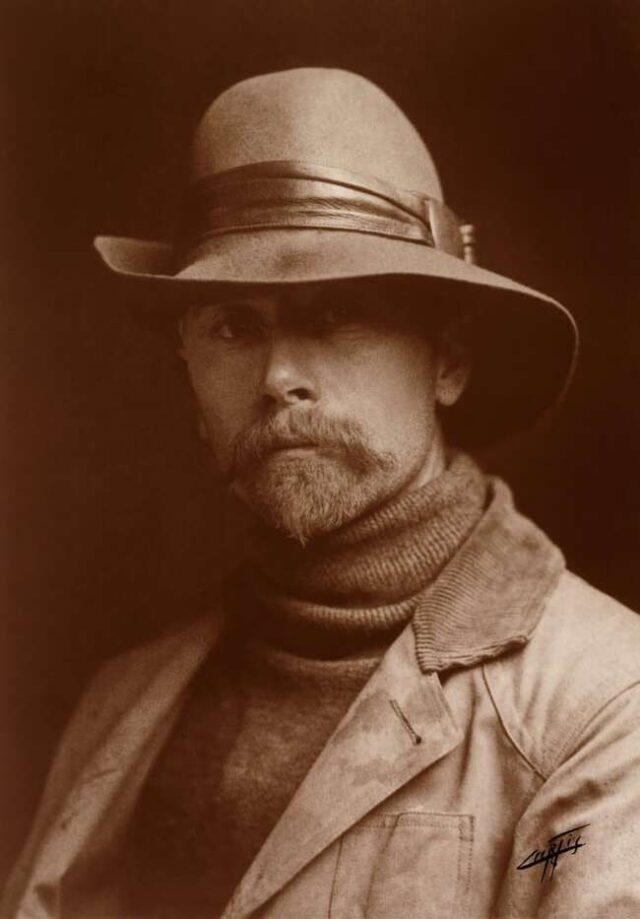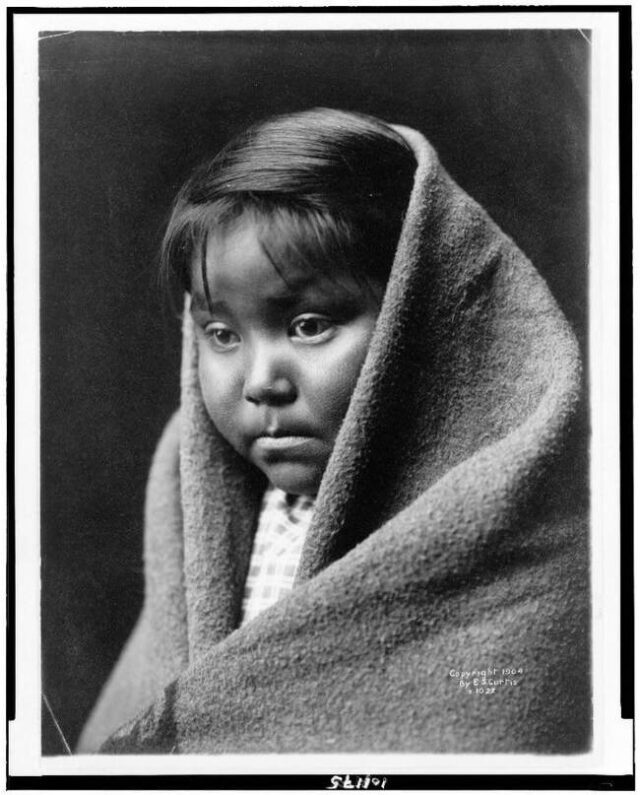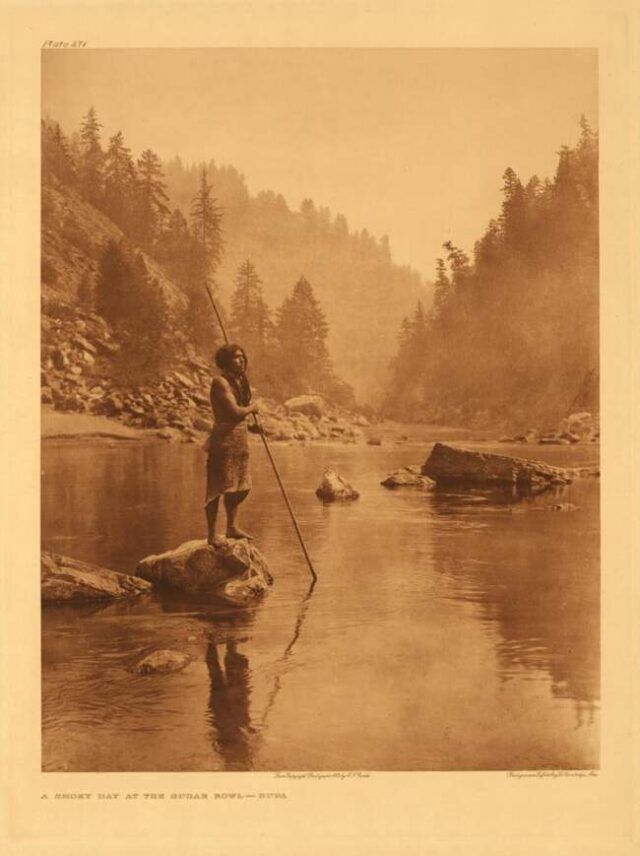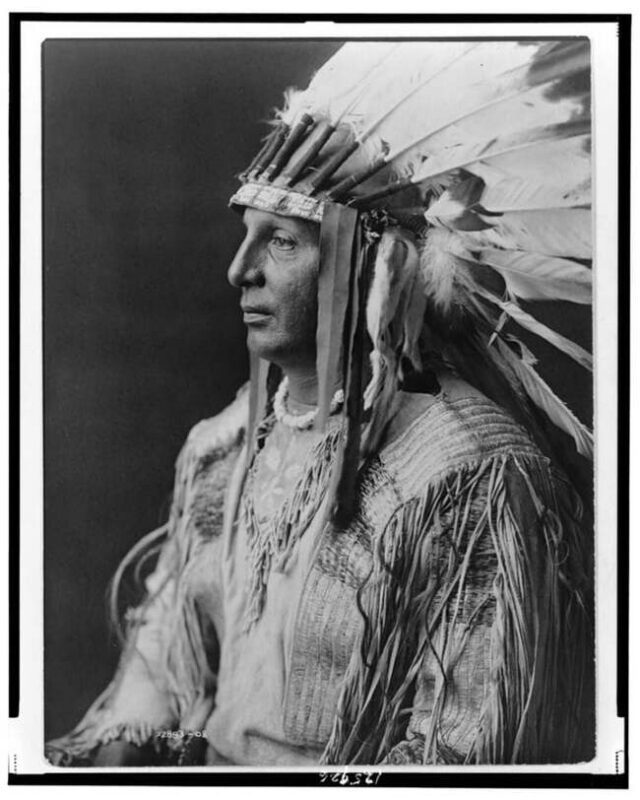
Early 20th-century portraits by Edward S. Curtis played a crucial role in preserving the heritage of Native Americans during a period of rapid American expansion and government intervention. Curtis, motivated by a belief that Native American cultures were disappearing, dedicated over 30 years to documenting their customs and traditions. Through the financial backing of patrons like J.P. Morgan, Curtis embarked on an ambitious project to produce a series of 20 volumes containing 1,500 photographs. His journey took him across the American West and into various Indian territories, where he photographed prominent Native Americans such as Geronimo, Red Cloud, and Chief Joseph. Beyond photography, Curtis aimed to provide a comprehensive view of Native American culture by recording their languages and music, ultimately producing 10,000 wax cylinder recordings. Despite facing financial difficulties and the impact of World War I, which diminished public interest in his work, Curtis’s efforts resulted in a vast archive that remains a valuable cultural resource.
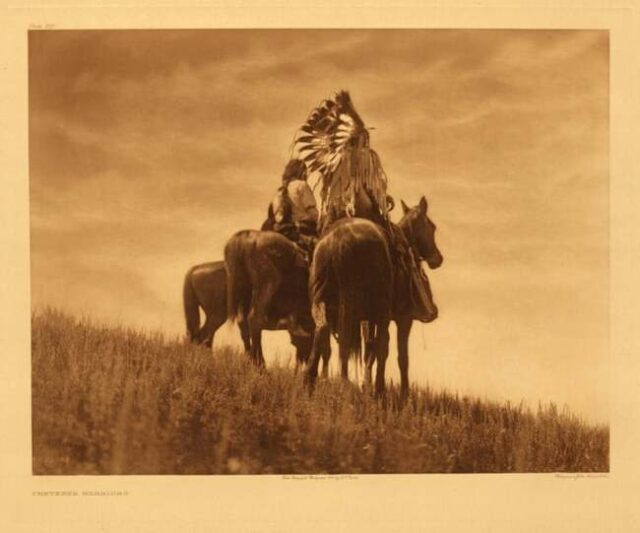
Curtis’s work, while criticized for its romanticized and sometimes staged depictions, nonetheless offers a significant historical record of Native American life. His dedication led to the creating of over 40,000 images and extensive documentation of tribal practices, including folklore, clothing, traditional foods, housing, and ceremonies. Though Curtis’s original glass plate negatives were destroyed, his legacy endures through various collections. Northwestern University digitized The North American Indian, making it accessible online, while the Library of Congress holds a substantial collection of his silver-gelatin photographic prints. Additionally, Taschen’s 2015 publication of The North American Indian: The Complete Portfolio provides a physical compilation of Curtis’s work. These efforts ensure that Curtis’s documentation of Native American heritage remains available for future generations, offering insights into the diverse cultures and traditions of the tribes he sought to preserve.
